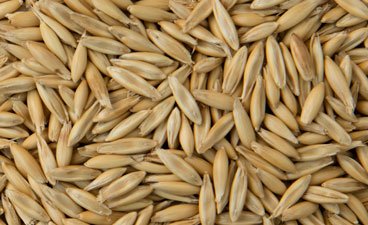
Crop, Plant and Food Development and Production
The need to feed a growing population while preserving the environment is a key concern of the field of agriculture today. In Minnesota, crop and landscape plant industries contribute to the rural and state economy. The University of Minnesota focuses on improving productivity, profitability, and environmental stewardship.
Research and Extension are committed to:
- Addressing pest and weed resistance for production, profitability, and sustainability
- Helping farmers preserve soil health and use fewer inputs
- Identifying emerging trends and supporting agriculture niche markets
- Harnessing the power of computational analytics to improve production, profitability and sustainability (i.e. G.E.M.S. Platform)
- Utilizing new techniques for breeding and genetic improvements
Research Highlights

The University of Minnesota (UMN), in collaboration with the University of Saskatchewan, has released a new white hull oat variety called ‘MN-Pearl.’ MN-Pearl is a high-yielding variety with good straw strength and high groat percentage. It also has good overall disease resistance including moderate crown rust resistance and excellent smut resistance.
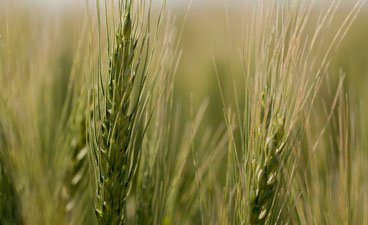
The University of Minnesota has released a new hard red spring wheat variety called ‘MN-Washburn.’ MN-Washburn features excellent straw strength and good overall disease resistance. In particular, it contains the bdv2 gene for resistance to Barley Yellow Dwarf Virus making in an excellent choice in years when BYDV is prevalent.
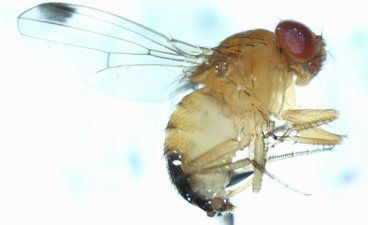
Since its arrival in 2012, the spotted wing drosophila (SWD) has been one of the most damaging invasive species in Minnesota agriculture. Bill Hutchison and his team are exploring several management practices to help Minnesota small fruit growers deal with this devastating threat.
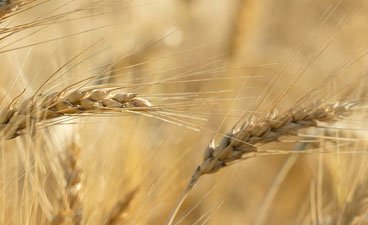
The University of Minnesota has released a new hard red spring wheat variety called ‘Lang-MN.’ It is a well-balanced, high yielding spring wheat variety well suited for much of the spring wheat-growing region. Lang-MN is named after Ben Lang, past president of the Minnesota Crop Improvement Association (MCIA).
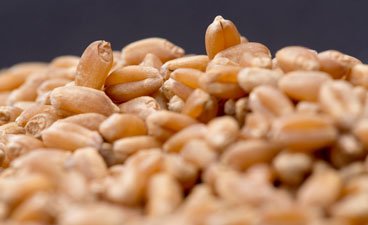
Spring wheat is grown on more than 1.5 million acres in Minnesota, making it our third most popular crop. But wheat varieties in the region have become vulnerable to Fusarium Head Blight (FHB), leaf rust, stem rust, and bacterial leaf streak, destructive diseases of wheat and barley that put crops, and thus our food supply, at risk. #MNImpacts
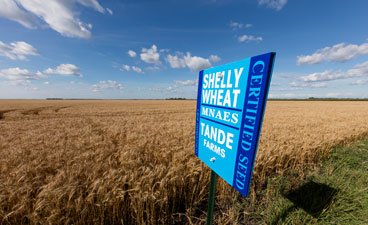
'Shelly’ is the newest wheat variety developed by the University of Minnesota and dates for touring demonstration plots have just been announced.
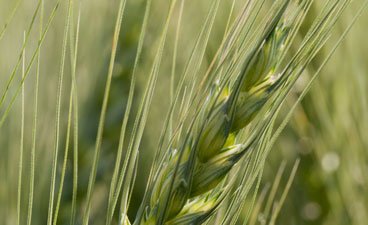
‘Bolles’ is a promising hard red spring wheat released by the University of Minnesota’s Agricultural Experiment Station in January 2015. The variety’s outstanding characteristic is its very high grain protein content in combination with above average yield potential, a difficult combination to achieve.

Growing North Minneapolis is a community-driven program which aims to build food, environmental, social and cognitive justice through sustainable urban growing and greening. Learning and career development are experiential and contextualized in real-world experiences related to the FEW nexus. Urban youth, predominantly of color and low socioeconomic status, are hired through a local workforce development program, and work together with UMN undergraduates and North Minneapolis community mentors to form intergenerational communities of practice.